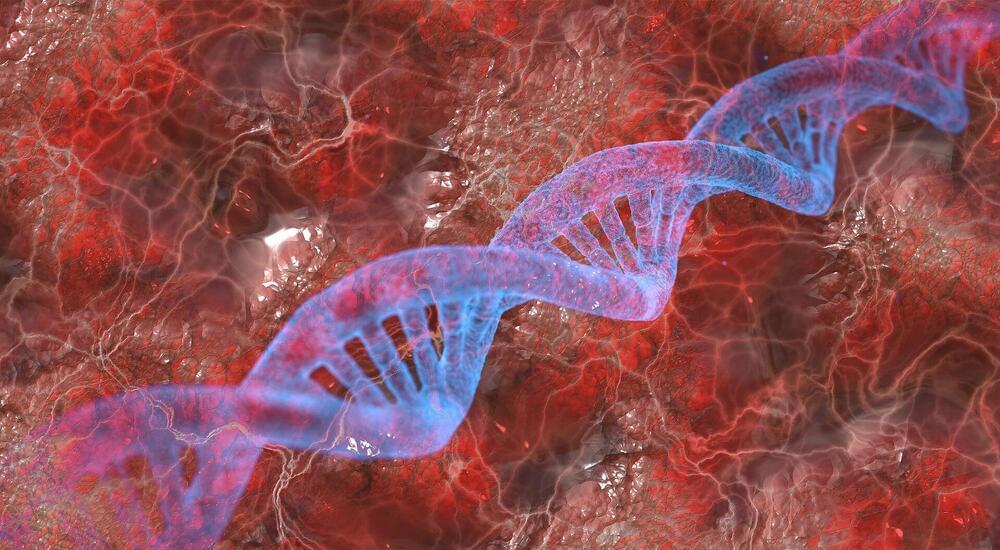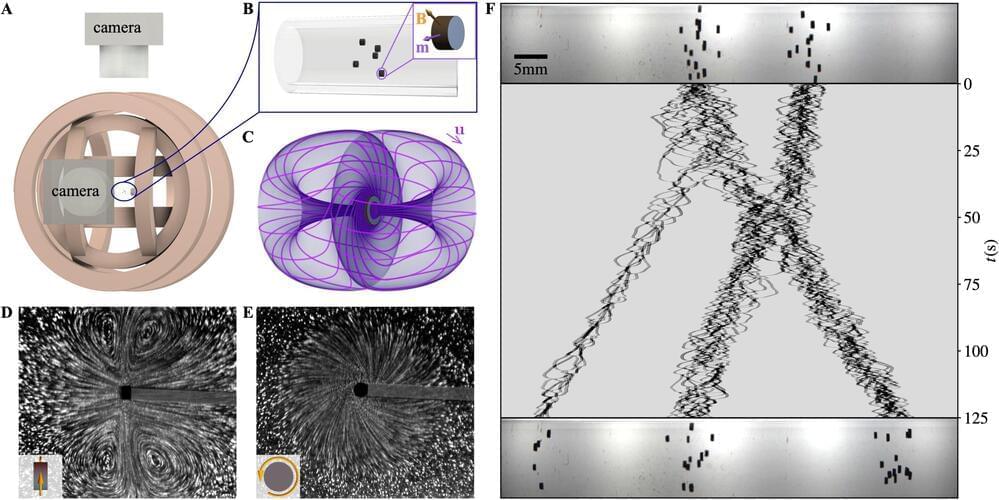A new quantum algorithm developed by University of Georgia statisticians addresses one of the most complex challenges in single-cell analysis, signaling significant impact in both the fields of computational biology and quantum computing.
The study, “Bisection Grover’s Search Algorithm and Its Application in Analyzing CITE-seq Data,” was published in the Journal of the American Statistical Association on Sept. 20.
While traditional approaches struggle to handle the immense amount of data generated from measuring both RNA and protein expression in individual cells, the new quantum algorithm enables analysis of data from a single-cell technology known as CITE-seq. It allows for selection of the most important markers from billions of possible combinations—a task that would be formidable using classical methods.




